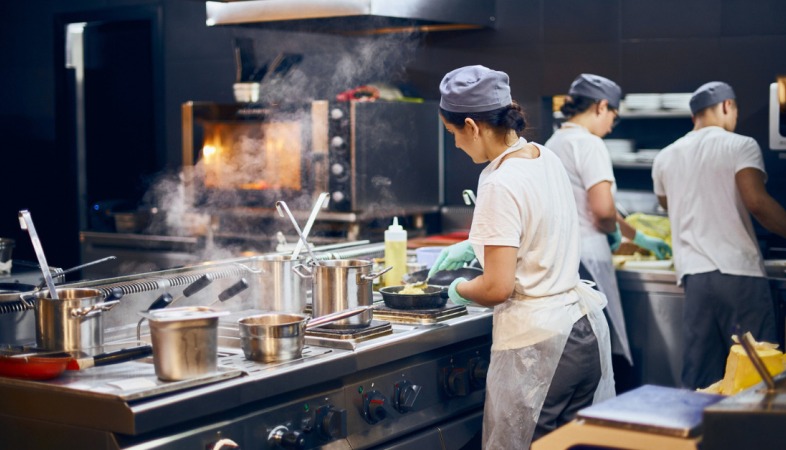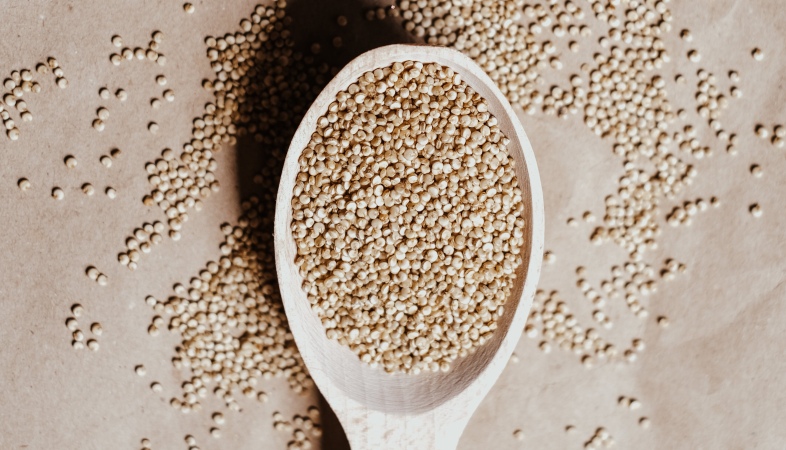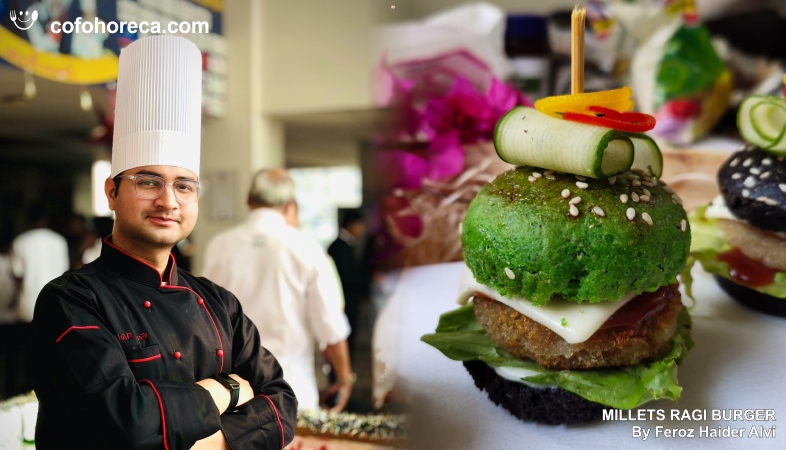Chocolate Tempering Techniques: Achieving Glossy and Smooth Chocolate Finishes
Proper tempering ensures that chocolate has a glossy finish, a crisp snap, and a smooth texture, making it ideal for a wide range of confections and desserts.

Tempering chocolate is an essential skill for any aspiring
chocolatier or pastry chef. It's the process of heating and cooling chocolate
to specific temperatures to stabilize its cocoa butter crystals, resulting in a
glossy finish, crisp snap, and smooth texture. Without proper tempering,
chocolate can appear dull, grainy, or prone to melting at room temperature. In
this article, we'll explore the various techniques for tempering chocolate and
achieving those coveted glossy and smooth chocolate finishes.
The first step in tempering chocolate is to chop it into small, uniform pieces to ensure even melting. This can be done using a sharp knife or a chocolate chipper. Once chopped, the chocolate is divided into smaller portions, with one portion reserved as seed chocolate for seeding the melted chocolate later in the process.
The most common method of tempering chocolate is the seeding method, which involves melting two-thirds of the chocolate to a specific temperature, then adding the remaining one-third of the chocolate (seed chocolate) to lower the temperature and encourage the formation of stable cocoa butter crystals. To do this, the chopped chocolate is melted gently in a bowl set over a pot of simmering water, stirring constantly to ensure even melting and prevent scorching.
Once the chocolate reaches the desired temperature (typically between 110°F to 115°F for dark chocolate, 105°F to 110°F for milk chocolate, and 100°F to 105°F for white chocolate), the bowl is removed from the heat, and the remaining seed chocolate is added to the melted chocolate. The mixture is stirred continuously until all the seed chocolate is melted and the temperature of the chocolate drops to the desired working temperature (between 88°F to 90°F for dark chocolate, 86°F to 88°F for milk chocolate, and 82°F to 84°F for white chocolate).
Another method of tempering chocolate is the tabling method, which involves pouring melted chocolate onto a cool marble or granite surface and working it back and forth with a spatula until it reaches the desired temperature. This method requires skill and precision but can result in beautifully tempered chocolate with a glossy finish.
Regardless of the method used, it's essential to monitor the temperature of the chocolate carefully and work quickly to prevent it from overcooling or overheating. If the chocolate cools too quickly or is agitated too vigorously, it may become grainy or develop streaks, known as chocolate bloom.
Once tempered, the chocolate can be used to dip or enrobe various confections, such as truffles, bonbons, or fruit, to create a thin, crisp chocolate shell. It can also be used to mold chocolate bars or other chocolate-based desserts, such as ganache or mousse, for a glossy finish and smooth texture.
In addition to achieving the desired texture and appearance, properly tempered chocolate also has a longer shelf life and better resistance to melting at room temperature, making it ideal for decorative work and display.
Tempering chocolate is a crucial skill for any chocolate lover or pastry chef looking to achieve glossy and smooth chocolate finishes in their creations. Whether using the seeding method or the tabling method, careful temperature control and proper technique are essential for success. With practice and patience, mastering the art of chocolate tempering can open up a world of possibilities for creating beautiful and delicious chocolate confections.
.png)





























